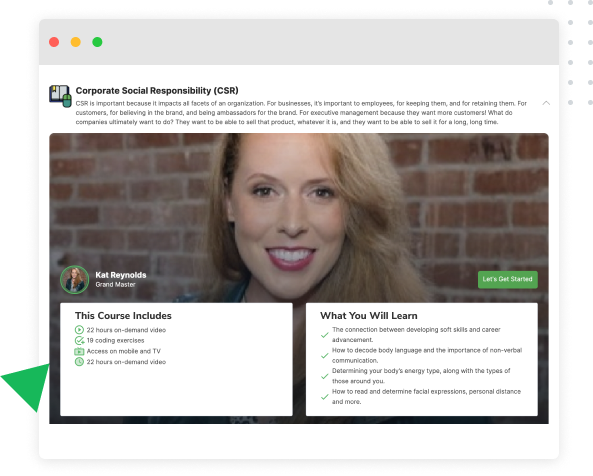Coaching and Mentorship to Support Your Career Goals
LocalMasters is changing lives by empowering people with self-coaching material and personalized guidance from industry experts. We help them develop skills that allow them to make smooth career and social transitions. Our team realizes how important it is to fast-track progress, which is why we enable communities with a single-minded focus on creating helpful coaching programs and peer support.
Reasons Why We Do What We Do
The future as we envisioned is changing, and we need to better prepare ourselves by upgrading our skills
We are consistently working towards creating and supporting communities that are dedicated to building a better tomorrow
Community support is what will drive progress. By enabling
individuals to contribute, we can achieve success












